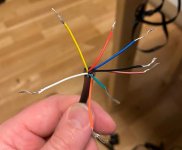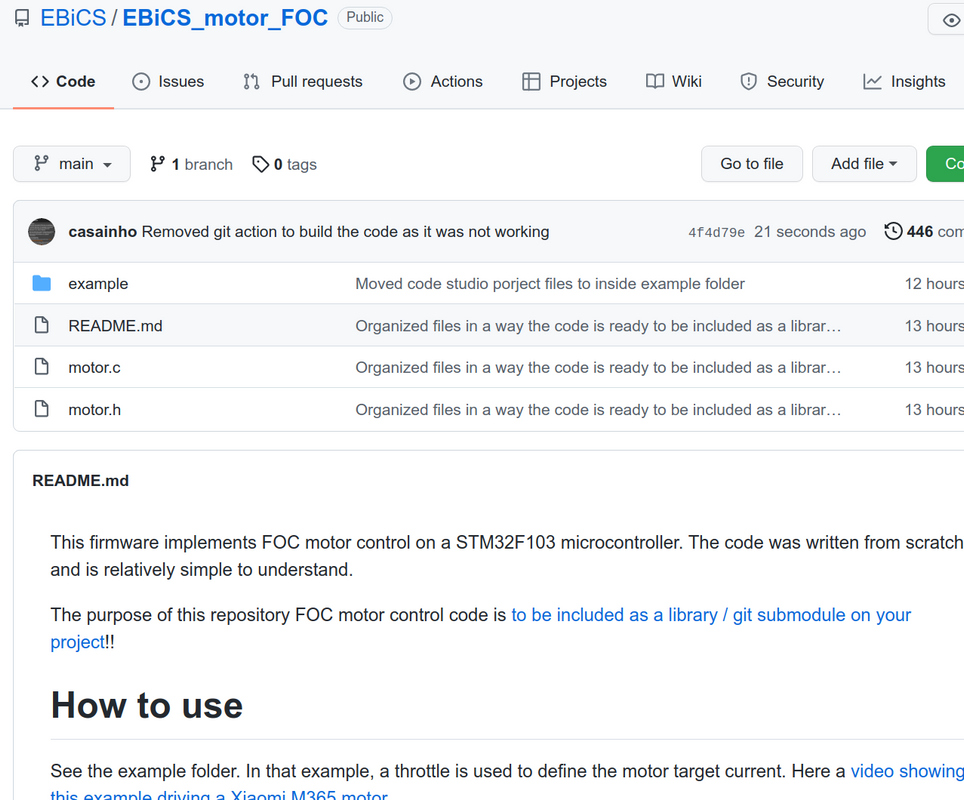ornias said:.LeftCoastNurd said:when dealing with an inductive circuit (eg, the motor coils), you really need some margins between peak rated voltage and operating voltage, something like 25% at a bare minimum
It's also not really an answer either, as I was refering to the possible (side) effects. Not "rules of thumbs". I think i'm smart enough to understand that something rated for 48v is not supposed(!) to run at anything much higher than that.
On the other hand the 36v coil also runs quite decent at 48v, so it's not support clear what the actual coil ratings actually are in this case, as we also dont get any certification reports. Besides the point that they are 250w nominal rated, using an older measuring method (which is also the reason they are actually closer to 500w nominal).
It’s not the voltage rating of the coil that was being referred to. In simple terms inductive circuits can increase the voltage beyond that with which they are supplied, potentially taking other parts of the circuit beyond their ratings. Hence giving a safety margin.



